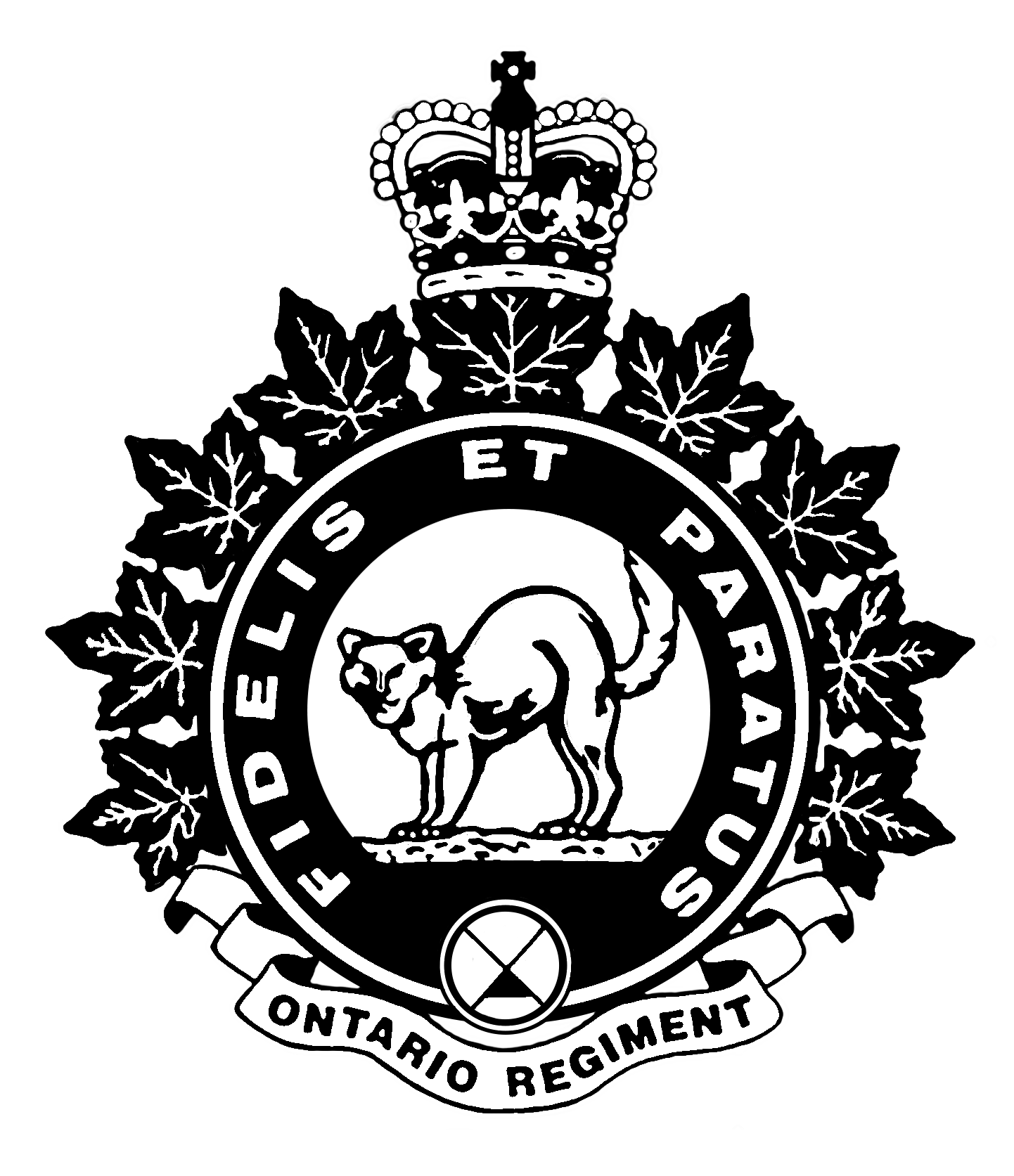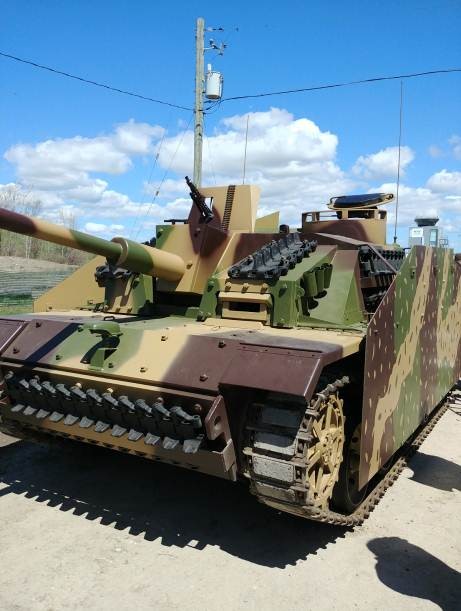The museum recently took possession of three unique new vehicles for our fleet.
There are two German Half Tracks and a German Assault gun reproduction ready for you to see.
The Sd.Kfz. 251 (Sonderkraftfahrzeug 251) half-track was a German armored fighting vehicle designed by the Hanomag company based on the unarmoured Sd.Kfz 11 artillery tractor (of which 9000 were built). The Sd.Kfz. 251 was designed to transport ten panzergrenadiers into battle. Sd.Kfz. 251s were the most widely produced German armoured vehicles of the war, with at least 15,252 vehicles and variants. Although designed by Hanomag, they were produced by seven manufacturers.

There are four major models. Starting in 1939, the A and B models were built in small numbers. The difference is that the vision slits for the fighting compartment were removed in the B Version. The C model was the large-scale production model and was built starting in mid-1942. The earlier versions had two nose panels; the C moved to a single hexagonal armored panel in front of the engine. In the beginning of 1943, the D version simplified the design and manufacturing by halving the number of angled panels and single piece rear with flat doors (previous versions have multiangled rear and protruding doors. This was done to increase speed of manufacturing and decrease the cost per vehicle.
The steering system is such that when the steering wheel is turned, the front wheels turn but when the steering wheel is over turned; the tracks are braked in the same way that tanks work. The track system uses interleaved road wheels which although excellent for lowering ground pressure; are vulnerable to mud and snow.
The first vehicles were issued in 1939 to the 1st Panzer Division. Throughout the war, they were issued in primarily to specialized panzergrenadier units and only to the best equipped units. They were slow to produce and expensive. As the war progressed, the Sd.Kfz 251 became more of a rear support vehicle and the list of variants supported that use.

After the war, the Czech army used captured Sd.Kfz 251s well into the 1960s. The Czech manufacturers Praga and Tatra produced about 2,400 vehicles (designated OT-810) as a replacement and they saw service until 1995. The biggest difference between them and the original is the replacement of the 6 cylinder gas engine with the 8 cylinder diesel.
There are estimated 13 operational Sd.Kfz 251s in the world. The museum operates two OT-810s retrofitted to German colours; one Sd.Kfz 251/1-C (Standard carrier) and a Sd.Kfz 251/10-D (37mm PaK 36).

The Stug III was designed with lessons from WW1 in mind. As infantry advanced, they did not have access to direct fire artillery that could deal with machine guns and fortifications (such as bunkers). The artillery moved too slow to be effective in this role.
The concept of an assault gun was codified and in 1937, Daimler-Benz undertook the project to design and build the first prototypes. Daimler used the running gear of the Panzer III and Krupp provided the gun and the fire control systems. Production passed to Alkett.
The utilization of the Stug III was given to the Artillery. Stugs were deployed in brigades with a headquarters group and three “Sturmbatteries” of six vehicles (raised to seven after 1942). Close support and cooperation with infantry were essential due to the thin armour on the sides and poor visibility. The initial role was that of a close direct fire role for the infantry. The first Stugs were armed with a short barreled 75mm gun that fired low velocity High Explosive rounds. After encountering the Soviet KV-1 and T-34; the Stug III F was up gunned to the long barreled 75 High Velocity and the role changed to a Tank Destroyer.
The new gun was deployed to the F version in 1942. The barrel is 3.3 m long and had a muzzle velocity of 740 m/s when using AntiTank ammunition. This could defeat 63mm of sloped armour at 2,000m although the optimum range was 500m where it could penetrate 91mm of armour. (Note: The T-34 has 60mm of armour on the turret front and 47mm of armour on the hull front.) The result of this gun and ambush tactics saw the Stug claim more kills that all the Panthers and Tigers combined. It is said that Stug III claimed over 20,000 tank kills in just 1944.
Due to its effectiveness and its cost (82,500 Reichsmark vs 103,000 Reichsmark for a Panzer III), Over 10.000 Stug III were built making it the second most built German armoured Vehicle (only beaten by the Sd.Kfz 251). The Stug III served on every German Front.
After WW2, the Stug III was still used by Norway until 1951, Spain until 1954, and Syria used them (Soviet Union donated captured units to them along with captured Panzers) against Israel in the Six Day War.
The museum has one reproduction Stug III G. It was built on a British FV 432 hull. The original has six road wheels and ours has five. There are only 5 working and 16 known non-operational examples of the Stug III in the world.
All three vehicles are in excellent running condition and will be on the field for Aquino Weekend.
Matt Liness
Webmaster, Ontario Regiment Museum


